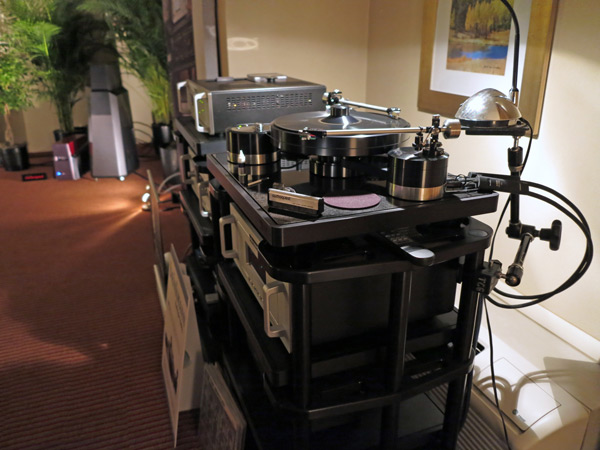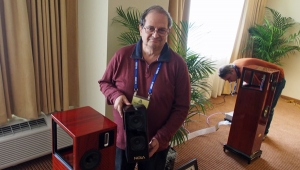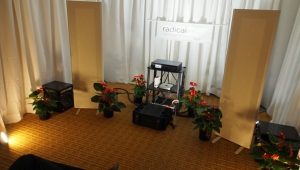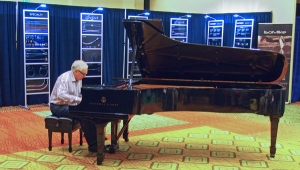| Columns Retired Columns & Blogs |
My flashback was to the breakfast nook on Lake St in Altadena, 12 years old, working on a model car and listening to KRLA, whose program director, probably stoned out of his tree and listening to better gear than you had, decided to throw out the top 40 format for a few weeks and play every single track from Sgt. Pepper in June of 1967. I had a rather nice sounding all-tube Magnavox AM radio. I must admit I was generous in the use of adhesive during the construction my 1957 Chevy Bel Air 1/24 AMT scale model, eventually painted in purple metal flake. Yes, the remaster's that good.









































